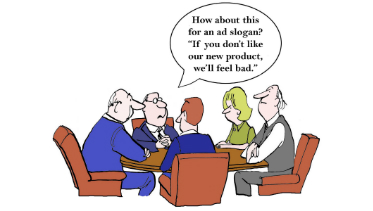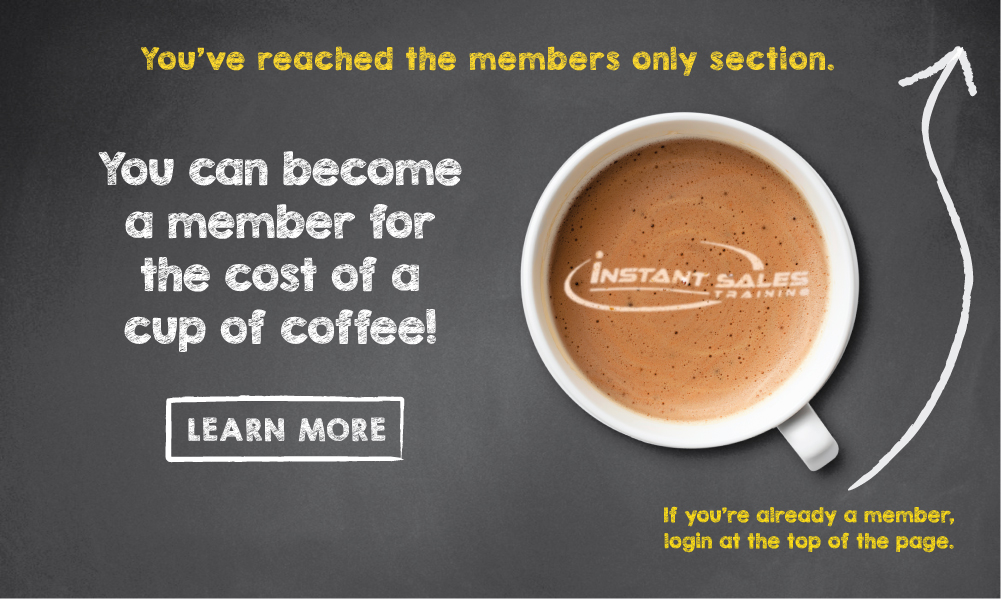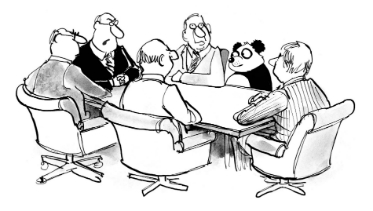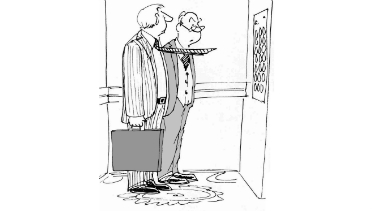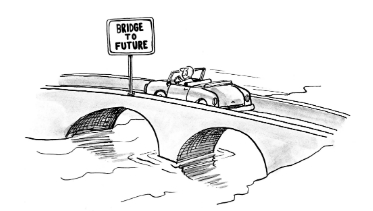Quick Question . . .
. . . has got to be the best email subject line ever.
When a prospect didn’t call me back, I sent the following email. The subject line was:
“Quick Question.”
The body of the email read:
Cliff,
I still have you on my ‘waiting for’ list of people I’m expecting to hear from. Am I still on your radar?
Chris
Cliff’s response came minutes later from two time zones away:
You’re good. Let’s talk this morning if you are available. I’m out of town but can be reached on my cell phone.
Result: Before I could call him, he called me from the road and we scheduled our next meeting and closed the deal.
My two-sentence e-mail worked (I believe) for two reasons:
I really do have a waiting for list and keep track of people from whom I expecting an email, return phone call, signed contract or check. The “Quick Question” subject line gives these time-starved pros something quick and easy to get off their full plates. I’m not asking them to read a 23-page PDF or even write a paragraph. It’s a quick question.
Thousands of salespeople on three continents have used this e-mail, word-for-word, to get prospects and customers re-engaged. If you haven’t already, then share it with your sales team today. Ask them to identify three people they want to send it to.
Follow up in a couple of days to see how it worked.
I don’t call this “The Magic Email” for nothing.
“Trick Question”
You really should try this one the next time you interview a new sales candidate.
Sarah McCann, my partner and wife, cuts to the chase with the first question she asks in every job interview. Usually, she asks it it before the candidates have had a chance to hang up their coats and settle in.
“How’s the job search going?”
It comes off like small talk, but it isn’t. The candidates’ answers ... Read More
Archive: Instant Sales Training (Podcasts)
13
Jun2016
Tattoo is our 14-year old Abyssinian.
Right before New Year’s Eve, I found her in our bedroom closet limping. A quick trip to the veterinarian confirmed she had dislocated her back right knee.
Who knew that could happen?
She had surgery on January 5th and will have to wear a cone until Friday when she gets her stitches removed. (Yes, they call it an E-Collar, but it’s a cone.)
Here’s a cone for you.
The Cone of Experience (later called The Cone of Learning) was developed by Edgar Dale, an educator. It was later adapted and promoted by National Training Labs, founded by Kurt Lewin. “There is nothing more practical than a good theory,” is my favorite Kurt Lewin-ism.
This model purports to show you how to make learning (training) stick. Make your training more participative.
Make sure you’re doing more active learning than passive learning.
Disclaimer: Above, I used the word “purports” because you can find plenty of criticism online about this model. The main one is that it would be statistically impossible to have each kind of learning method 10% better than the other. Nobody ever really scientifically proved this to be true.
That said, I still believe the right side of the model shows you the clear line of demarcation between active and passive learning. Have more discussions. Get your salespeople presenting and practicing.
Adults learn by doing, not by hearing how the trainer did it.
One of my early influences as a trainer was Bob Pike. He did seminars for people who do seminars. Pike says, “Adults learn better and retain more when they are involved in the process.”
Active learning involves your salespeople. They will be happy to participate in their own development if you encourage it.
You will be happy when you see how much faster they improve when you use more active learning.
Tattoo will be ... Read More
June 13, 2016Chris Lytle



